Dongran Yu
A Novel Neural-symbolic System under Statistical Relational Learning
Sep 16, 2023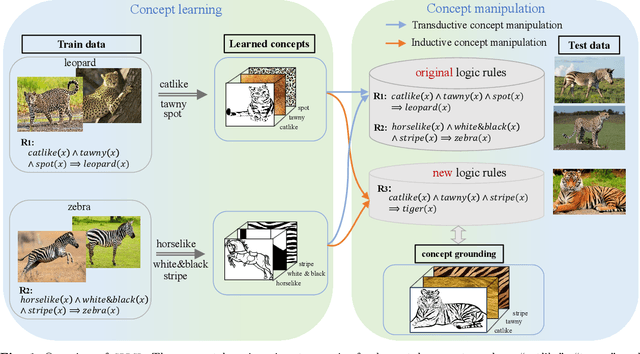

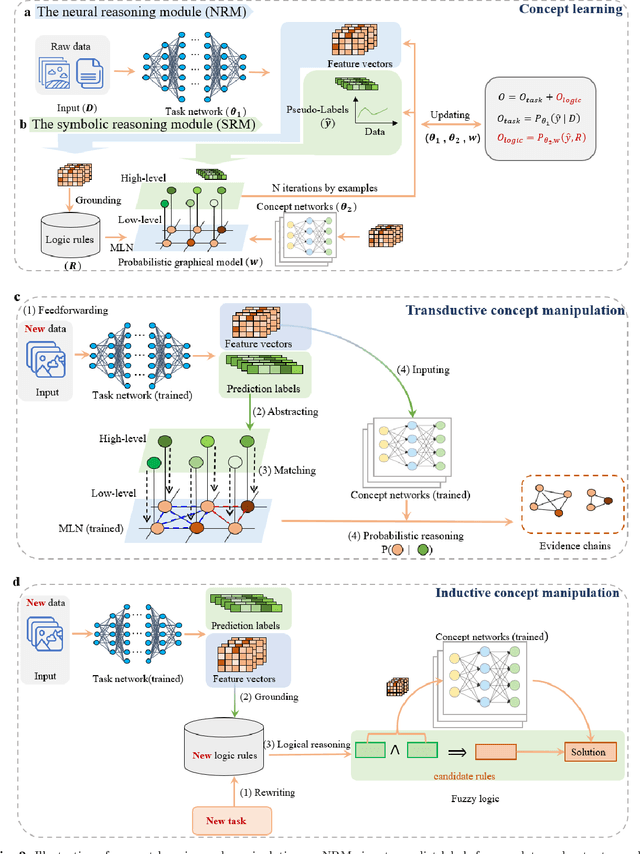
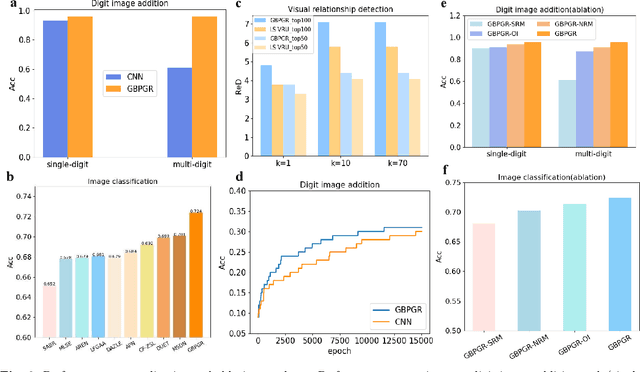
Abstract:A key objective in field of artificial intelligence is to develop cognitive models that can exhibit human-like intellectual capabilities. One promising approach to achieving this is through neural-symbolic systems, which combine the strengths of deep learning and symbolic reasoning. However, current approaches in this area have been limited in their combining way, generalization and interpretability. To address these limitations, we propose a general bi-level probabilistic graphical reasoning framework called GBPGR. This framework leverages statistical relational learning to effectively integrate deep learning models and symbolic reasoning in a mutually beneficial manner. In GBPGR, the results of symbolic reasoning are utilized to refine and correct the predictions made by the deep learning models. At the same time, the deep learning models assist in enhancing the efficiency of the symbolic reasoning process. Through extensive experiments, we demonstrate that our approach achieves high performance and exhibits effective generalization in both transductive and inductive tasks.
A Survey on Neural-symbolic Systems
Nov 10, 2021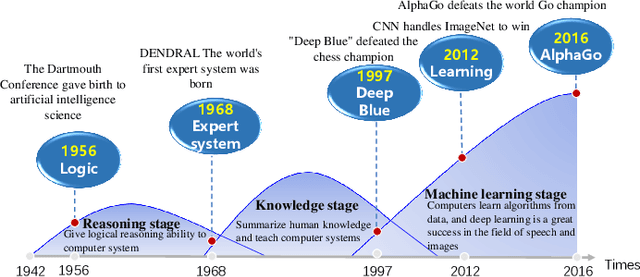

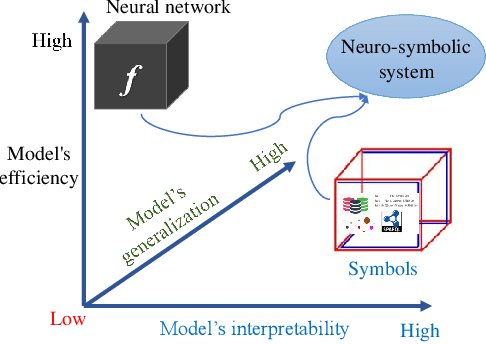
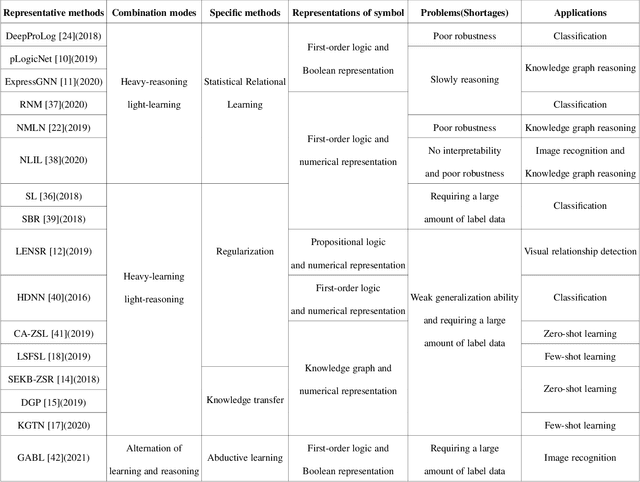
Abstract:In recent years, neural systems have demonstrated superior perceptual intelligence through highly effective learning, but their reasoning capabilities remain poor. In contrast, symbolic systems have exceptional cognitive intelligence through efficient reasoning, but their learning capabilities are poor. In this case, an ideal intelligent system--a neural-symbolic system--with high perceptual and cognitive intelligence through powerful learning and reasoning capabilities gains a growing interest in the research community. Combining the fast computation ability of neural systems and the powerful expression ability of symbolic systems, neural-symbolic systems can perform effective learning and reasoning in multi-domain tasks, demonstrating concurrent perception and cognition capabilities in intelligent systems. This paper surveys the latest research in neural-symbolic systems along four dimensions: the necessity of combination, technical challenges, methods, and applications. This paper aims to help advance this emerging area of research by providing researchers with a holistic and comprehensive view, highlighting the state of art and identifying the opportunities.
 Add to Chrome
Add to Chrome Add to Firefox
Add to Firefox Add to Edge
Add to Edge